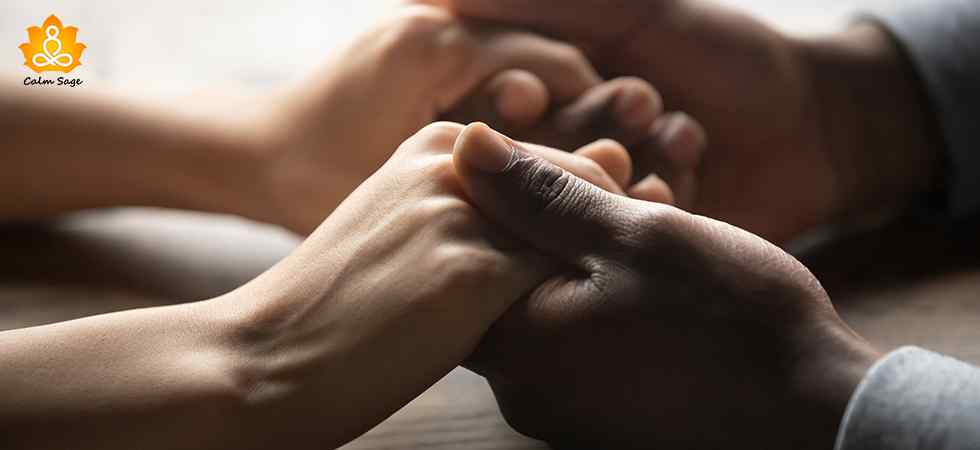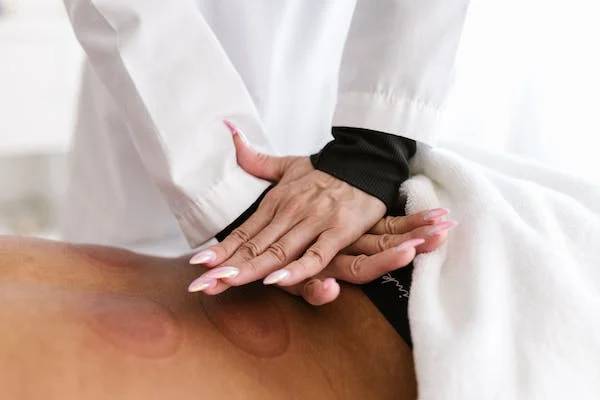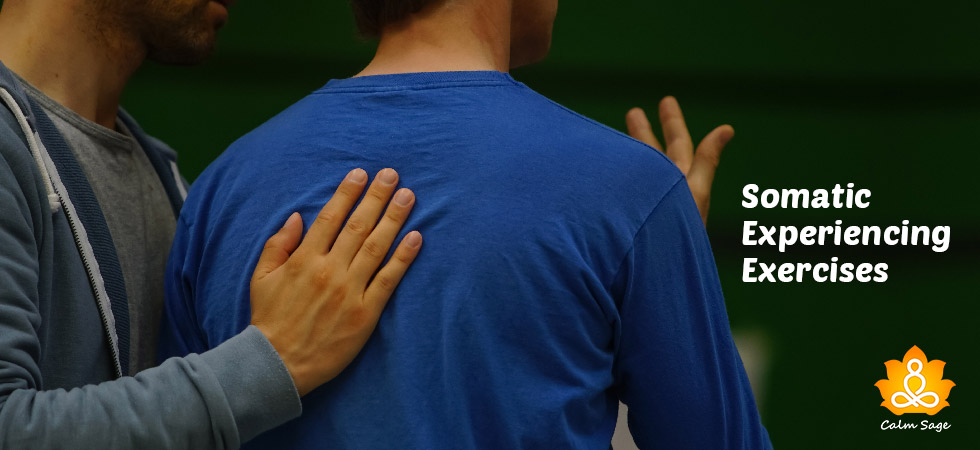What Is Healing Touch Therapy?

Healing touch therapy is known to be a standardized and non-invasive technique that helps one energize and make an effort to balance the environmental energy. Have you ever soothed a crying baby just by patting them?
The healing touch therapy is very similar to that – placing your hand over someone’s shoulder to calm them down, holding someone’s hand to calm their anxious energy, etc. The main aim behind this technique is to calm and balance the energy.
Healing touch therapy is an energy-based therapeutic intervention that makes use of gentle touch or close-to-the-body touch to soothe anxious energy trapped in someone. Today we are going to talk all about healing touch therapy and how it works…
Shall we begin?
What Is Healing Touch Therapy?

As you just read, healing touch therapy is an energy-based therapy or a biofield therapy where gentle touch is used to set people free from the anxious and stressful energy stored within them. The healing touch therapy functions on the idea that humans are made up of energies and in case of an imbalance, our energies need to be brought back to their normal frequencies.
The healing touch therapy was first developed by Janet Mentgen in the 1980s. Mentgen was a nurse back then and after putting in a lot of effort and study, in 1989 she finally released the healing touch therapy as an energy medicine program.
The American Holistic Nurses Association (AHNA) soon certified the healing touch therapy to be practiced globally. Ever since healing touch therapy is being used to support physical, spiritual, emotional, and mental health.
However, you need to know that healing touch therapy is not an independent therapy. It can be used alongside other therapeutic interventions because it helps increase the efficacy of the treatment you’re already receiving.
Also read: Haphephobia (Fear Of Being Touched)
Techniques Used In Healing Touch Therapy (Types Of Touch Therapy)
Healing touch therapy might have been recognized as a complementary treatment in the late 90s but people have been using this technique for eons. When we calm a baby by patting their back, it’s the healing touch technique. In fact, when you hold your anxious friend’s hand, it also works as a healing touch technique.
However, two main techniques have been approved to be used while treating a patient. Even though the healing touch therapy doesn’t function as an independent therapy, these techniques can be used alongside any therapy to speed up the recovery process.
Let’s have a look at the two common types of healing touch therapy;
1. The Chakras Technique: according to Eastern philosophy, we have 7 energy chakras in our body. The healing touch therapy begins from your feet proceeding upwards, placing a healing hand over every chakra to balance the energy and calm the body down.
2. The Magnetic Passes Technique: this healing touch therapy technique is slightly different, in this technique the therapist combs or brushes their fingers through their patient’s energy fields.
How Does Healing Touch Therapy Work?

The healing touch therapy techniques are meant to function in the same way Asian healing techniques like acupressure work. All healing therapies have one main agenda and that is to balance the energy of an individual to achieve physical, mental, and emotional well-being.
Healing touch therapy is used to identify and fulfill any deficiencies in the energy fields of an individual. Therefore, when a gentle healing touch is placed over your energy fields, it attempts to balance the energy (take away the excess or refill the deficiency).
The techniques they use in healing touch therapy are believed to help in balancing the imbalance in the energy system of an individual. We have 7 energy spots (chakras) and after exploring all your chakras, the ones facing disturbances are focused upon in order to relax those areas.
Also read: Psychosocial Therapy: Its Types, Examples and Why Is It Used?
What Can Healing Touch Therapy Help With?
There have always been divided thoughts about the results and efficacy of healing touch therapy. However, the research is still in the process which will finally prove whether it is a pseudo-science or not, there are a few things that the healing touch therapy can actually help.
Let’s have a look at things healing touch therapy has proven to help with;
1. Relieves pain: physical pain is one thing that healing touch therapy might help with. In fact, the University of Cincinnati has recently published a study stating that healing touch therapy and massages proved helpful in relieving pain symptoms in neonatal care units.
2. Reduces anxiety: as researchers continue to study healing touch therapy, there have been some studies proving that healing touch can reduce stress. According to a study published by a nursing school in Chester, Pennsylvania, the healing touch therapy showed a reduced amount of anxiety in nursing students.
Also read: Recreational Therapy Guide: Everything You Need to Know About It
What Happens In A Healing Touch Therapy?
The healing touch therapy aims at providing you with a deep sense of calm and relaxation by balancing your energy fields. When you plan to get healing touch therapy, make sure your body is ready to be touched or massaged on areas where your stressful energy might be stuck.
The healing touch therapy session is not intense and includes only a few steps. Let’s have a look at what a healing touch therapy session looks like;
- You will be asked to sit or lay down before the therapy begins
- Once you’re in a comfortable position, you’ll be asked about your symptoms
- Then your therapist will try to eliminate all distractions and bring you to a meditative state
- Finally, your therapist will find your biofield area and gently being with therapeutic touch to release the stress/pain
That’s All Folks!
I hope you found this blog about healing touch therapy helpful, informative, and interesting. Do share this blog with your friends and family so that we all know what happens during healing touch therapy and know everything about it before getting into it.
Thanks for reading.
Take care and stay safe.




















